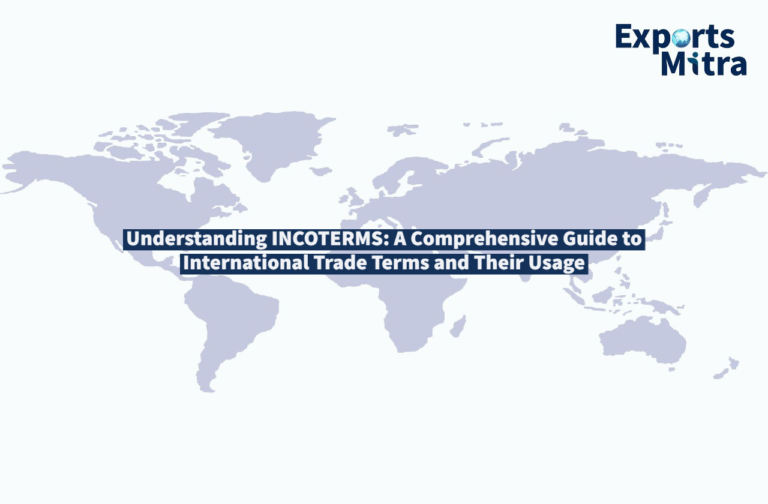In international trade, various documents are used to facilitate the movement of goods from one country to another. Two of the essential documents used in this process are the shipping bill and the bill of lading. Although these two documents are related to each other, they serve different purposes. In this article, we will explore the difference between the shipping bill and the bill of lading, including their definitions, contents, and examples.
Table of Contents
Definition of Shipping Bill:
The shipping bill is a customs declaration that serves as an application for permission to export. It is a document that contains details of the goods being exported, including their description, value, and the exporter’s identity. The shipping bill also includes information about the mode of transport, the port of shipment, and the destination port. It is prepared by the exporter or their agent and must be filed with the customs authorities.
The shipping bill is an important document as it enables the customs authorities to verify that the goods being exported meet the regulations for exportation. It also provides the necessary information for the exporter to claim any benefits, such as duty drawback or exemption.
Definition of Bill of Lading:
The bill of lading is a transport document that serves as evidence of the contract of carriage between the shipper and the carrier. It is a receipt of goods that confirms the shipment of products and provides proof of delivery. The bill of lading includes details of the consignment, such as the shipper’s and consignee’s names and addresses, details of the carrier, description of the goods, weight, and dimensions. It also includes information about the origin and destination ports, the number of packages, and the declared value of the goods.
The bill of lading is an essential document as it acts as a title to the goods being shipped. It shows who has the right to claim the goods at the destination. The bill of lading must be surrendered to the carrier before the consignee can claim the products.
Contents of the Shipping Bill and Bill of Lading:
The contents of the shipping bill and bill of lading differ significantly. The shipping bill includes information about the exporter, the goods being exported, and the destination country. It also includes information about the mode of transport, port of shipment, and the destination port. The shipping bill is prepared by the exporter or their agent and must be filed with the customs authorities.
On the other hand, the bill of lading includes details of the consignment, such as the shipper’s and consignee’s names and addresses, details of the carrier, description of the goods, weight, and dimensions. It also includes information about the origin and destination ports, the number of packages, and the declared value of the goods. The bill of lading is issued by the carrier or its agent and must accompany the goods from the point of origin to the final destination.
Examples:
To illustrate the difference between the shipping bill and bill of lading, consider the following example. A company based in India exports clothing to the United States. The company prepares a shipping bill that contains details of the products being exported, their value, and the exporter’s identity. The shipping bill is filed with the customs authorities in India.
Once the goods are shipped, the carrier issues a bill of lading that includes details of the consignment, such as the shipper’s and consignee’s names and addresses, details of the carrier, description of the goods, weight, and dimensions. The bill of lading accompanies the goods from India to the United States and must be surrendered to the carrier before the consignee can claim the products.
Conclusion:
Both the shipping bill and bill of lading are crucial documents that serve distinct purposes. Although these documents are related, the shipping bill is a customs declaration that outlines details about the goods being exported, while the bill of lading is a transport document that serves as proof of the contract of carriage between the shipper and the carrier.
Both the shipping bill and bill of lading are essential in facilitating the movement of goods across borders, providing customs authorities and carriers with necessary information to ensure compliance with regulations and promote seamless transportation of goods.
Exporters must comprehend the distinction between these documents to abide by regulations and avoid penalties or delays. Failure to comply with regulations can lead to seizure or delay of goods, resulting in financial losses and damage to reputation.





